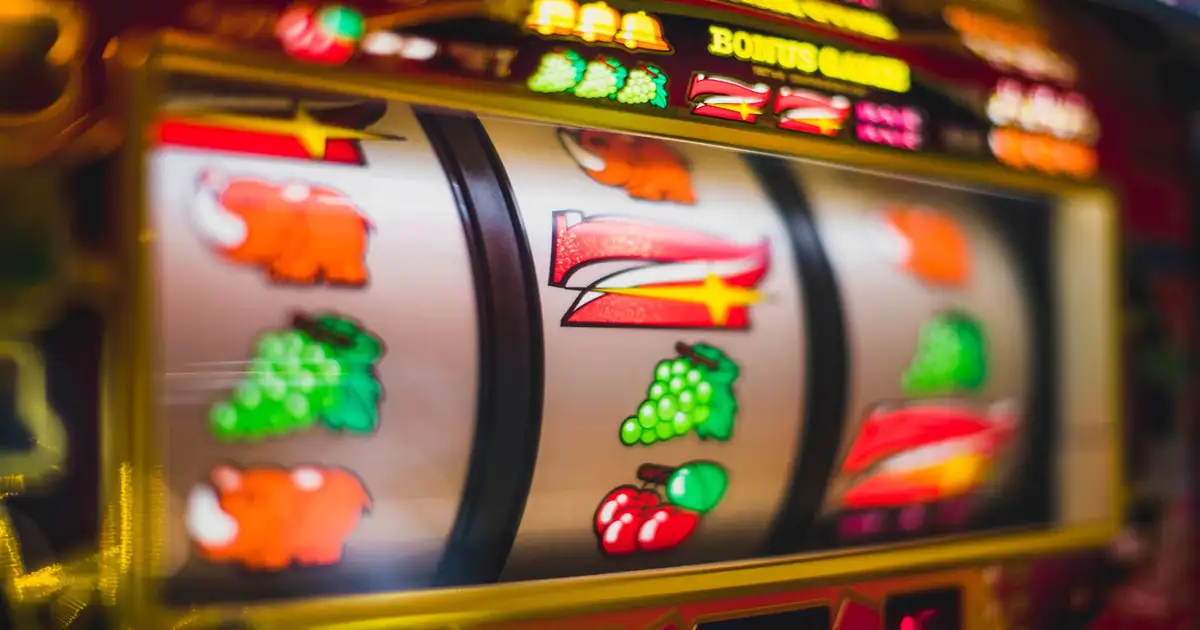The origin of the first slot machine
There are times when you wonder about things like: Who actually invented the first slot machine? And what did It look like?
To play online slots in Belgium, choose a legal casino with a licence from the Gaming Commission.
1891: The predecessor of Liberty Bell
The name “Liberty Bell” probably rings a bell and you might think: That was the very first one. However, that answer is not entirely correct. So let’s first focus on the predecessor of “Liberty Bell.”
Two Americans form Brooklyn, Sittman and Pitt developed their own slot machine and based their invention on poker. Five reels in combination with cards worked less well with the general public, because knowledge of poker terms was required. For example, players had to know for themselves what their combinations were. Did players have a two pair or a full house? Due to a lack of knowledge, many players dropped out.
Attention to detail was important
Sittman and Pitt also overlooked something important, because their slot machine was dependent on staff to manually pay out the prizes, which could just as easily be a cigar or a drink, in addition to paying out coins. And because the staff themselves may not have had the necessary knowledge about poker, human errors were sometimes made.
The “Liberty Bell” would become revolutionary and the benchmark for the future thanks to its automatic payouts. However, this creation, as a precursor in itself, played a crucial role in the road to modernization, because they laid the foundation to build on. But apart from their family names, relatively little is known about these inventors who have actually disappeared somehow into anonymity.
Charles Fey moved to San Francisco
Charles August Fey was born on September 9, 1862 in Vöhringen, Germany. He went to work for a farm implement manufacturer as a teenager. After wandering in France and Engeland, he then moved to the United States at the age of 23.
With an economy in full expansion, millions of people moved to the US to try their luck. Charles Fey was one of the many who did not shy away from adventure and would eventually settle in San Francisco where he started working at Western Electric in 1885, a leading electrical engineering company where he laid the foundation for his later career. Because with his mechanical knowledge he succeeded in building his own innovative slot machine in 1894 which quickly grew into a great success, which is why he resigned and found a new challenge.
Liberty Bell: First successful slot machine
In 1895, Fey obtained a patent for his invention. By using three spinning elements (three reels) such as hearts, diamonds, spades and the “liberty bell” in combination with a lever that allowed the player to control the game, Charles Fey created the prototype of the modern slot machine that we still find in casinos, arcades, cafes and on cruise ships.
It was already in 1895 that this slot machine introduced players to winning a “jackpot” which makes the “Liberty Bell” a true icon. With a certain combination of symbols, a “jackpot” could already be won which was synonymous with winning a much larger prize than other slot machines could offer at that time. Other machines focused only on winning small prizes which relegated them to the background and which greatly increased the popularity of the “Liberty Bell.”
The standard for future slot machines
Charles Fey not only had an eye for technology and mechanics, but also for offering entertainment in combination with accessible gameplay and fairly paid as a player.
The simplicity and reliability of this first successful slot machine was rightly groundbreaking at the time, which is why Charles Fey has more than earned his place in the history books. Thanks to his invention, he became a true pioneer in the early history of the United States.


